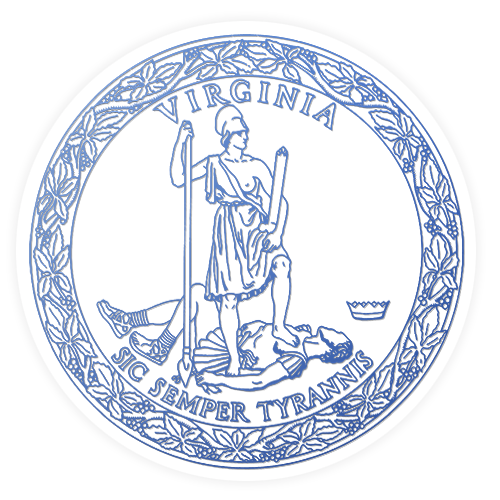
RICHMOND—Governor Ralph Northam today kicked off a new phase of Virginia’s efforts to restore the Chesapeake Bay and its tidal tributaries. Working with local communities, elected officials and technical experts, Virginia will prepare a third phase of the Chesapeake Bay Watershed Implementation Plan to ensure that pollution control measures to reduce excess nutrients and soil runoff are in place no later than 2025.
“The Commonwealth has made great strides in reducing nitrogen and phosphorus pollution to the Chesapeake Bay, reaching our goal of reducing nutrient pollution by 60% by 2017. As a result, the Bay is responding—underwater grasses, water clarity, and living resources are improving,” said Governor Northam. “However, there is still much more work to do to achieve our goal of a fully restored Chesapeake Bay. My administration is committed to working with communities across Virginia to design a Bay clean-up plan firmly grounded in the ideas and needs of our local communities.”
As part of this initiative, the Commonwealth will partner with regional Planning District Commissions (PDCs) and local Soil and Water Conservation Districts (SWCDs) in Virginia’s Chesapeake Bay watershed. Virginia’s PDCs are uniquely positioned to facilitate local government cooperation and state-local cooperation in addressing regional problems of greater than local significance, specifically in matters of environmental management. Virginia’s local SWCDs expertly guide landowners, particularly farmers, in the stewardship and sustainable use of natural resources.
Virginia’s Departments of Environmental Quality and Conservation and Recreation will engage PDCs and SWCDs in identifying and refining the suite of pollution control measures for reducing polluted runoff and seeking input from local officials, farmers, developers, businesses, and the public. These endeavors are supported through grant funding from the Environmental Protection Agency’s Chesapeake Bay Program.
“Localities throughout the watershed have made significant investments in wastewater technology and stormwater improvements and other activities to help improve the health of the Chesapeake Bay and local streams and waterways,” stated Robert Lazaro, Executive Director of the Northern Virginia Regional Commission. “Our Planning District Commissions look forward to working cooperatively with local government staff and the Commonwealth to help develop phase three of the Watershed Implementation Plan.”
“The staff and locally-elected Directors at Virginia’s Soil and Water Conservation Districts offer critical knowledge and expertise for farmers seeking ways to help improve our rivers and the Chesapeake Bay,” stated Dr. Kendall Tyree, Executive Director, Virginia Association of Soil and Water Conservation Districts. “Districts welcome the opportunity to work with Governor Northam’s administration to design a locally-driven clean-up plan for the Bay.”
Today’s announcement comes during Chesapeake Bay Awareness Week designated by the Virginia General Assembly to help raise awareness of how the public can more fully engage in restoration needs. On Saturday, the Governor and First Lady, along with a significant number of state staff, participated in the 30th annual Clean the Bay Day, helping to remove trash along the Bay and river shorelines. Today, Secretary of Natural Resources, Matt Strickler, led a meeting of the Chesapeake Bay Stakeholders Advisory Group, seeking input on restoration needs from diverse interests. Later in the week, Secretary Strickler will welcome the Chesapeake Bay Local Government Advisory Committee at their meeting in Harrisonburg. Finally, on Saturday, multiple natural resource agencies will host fun and engaging Chesapeake Bay educational activities at Back to the Bay on Browns Island in Richmond.
# # #